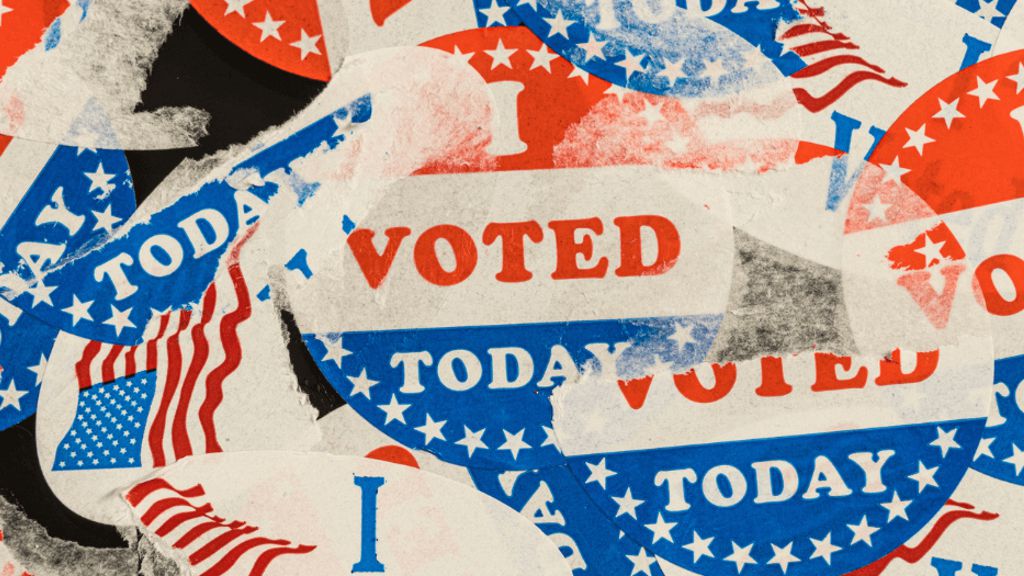Trump won working-class voters. Can Republicans keep them?
The 2024 presidential election may be remembered as the moment Americans abandoned the issues that defined the post-Cold War era and formed new political coalitions based on class, some experts say.
President-elect Donald Trump solidified his hold on the working class in his second electoral victory, even as voters with higher incomes and education levels moved to the left. Whether those shifts will be permanent depends largely on how both parties respond to the emerging politics of class, according to analysts.
Some believe Democrats can recapture their historic working-class base by listening to the voters who have been drifting away from their party for a decade and crafting a new liberal vision based more on class than on race, gender, or social issues.
Republicans, on the other hand, might keep this new party configuration together if they deliver on the promises that won the majority while forming a governing philosophy based on Trump’s America First agenda without alienating traditional Republicans of the Reagan-Bush era.
Here’s what happened in 2024 and what it means for both parties.
Voters Moved in Both Directions
The composition of the major political parties has been shifting since 2012, but that shift reached a tipping point in 2024. The movement was seen most clearly in working-class voters, who supported Trump in even greater numbers than in 2016 and 2020.
Analysts commonly use education and income levels as indicators of class identity. By both measures, working-class voters across racial lines shifted right.
Education and Income
College graduates favored Republican candidates in every election from 1988 through 2004. That began to change in 2008 when President Barack Obama earned 50 percent of the college vote. The shift accelerated in 2016 when Democrats gained 55 percent of the vote among college graduates and held a majority for the next two elections. In 2024, 53 percent of voters with a Bachelor’s degree voted for Harris, as did 59 percent of those holding an advanced degree, exit polls showed.







